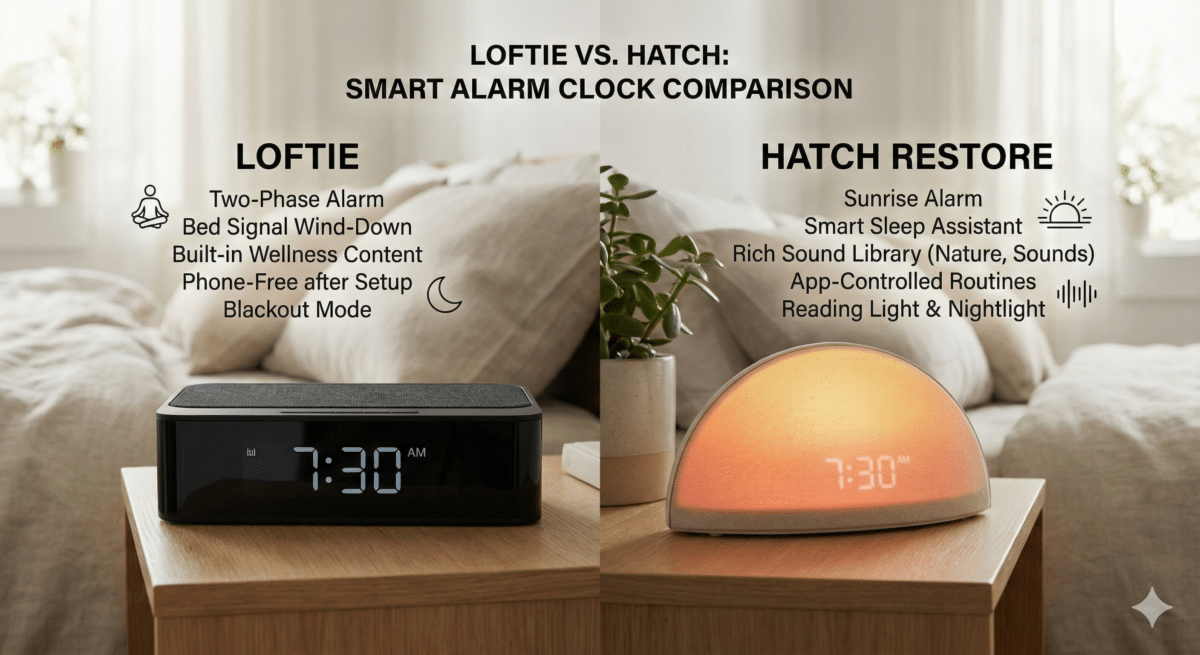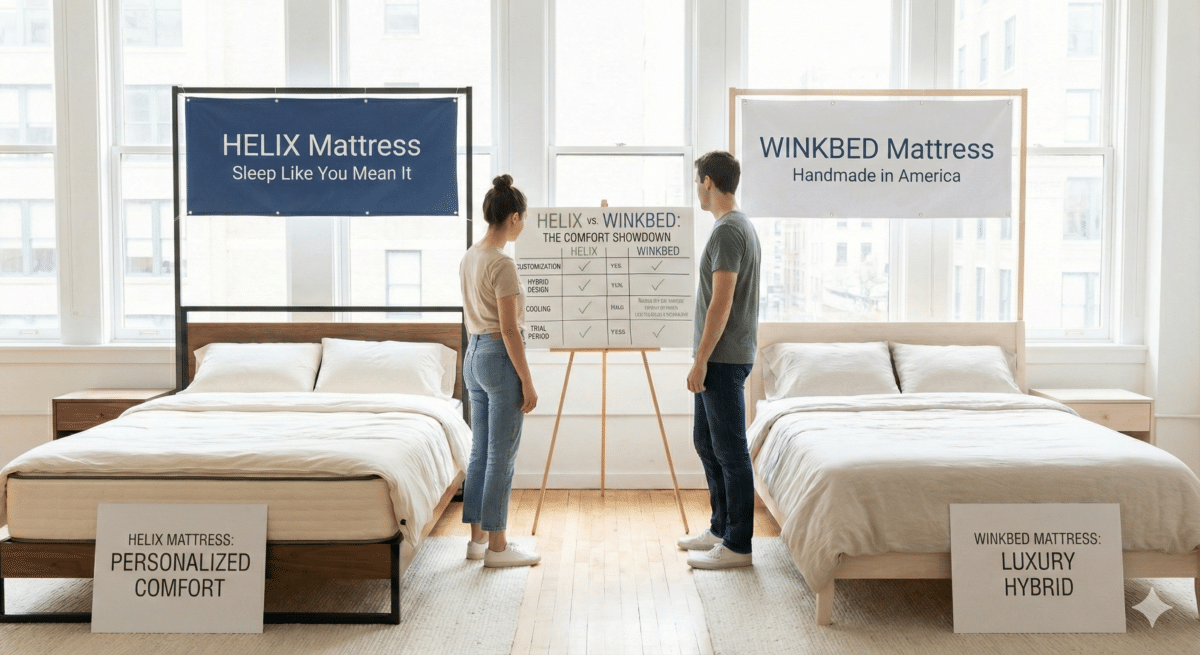The Definitive Guide to Understanding the Wolf Chronotype
Thriving as a Wolf Chronotype
The Wolf Chronotype emerges as the archetypal night owl within the four main sleep chronotypes. Roughly 15-20% of the population identifies as a Wolf, distinguished by their evening energy and struggle with early mornings. Here’s a quick overview for those eager to gain insight into this unique chronotype:
– Best time to wake up: 7:30 a.m.
– Best time to sleep: Midnight
– Peak productivity: Late morning and late evening
Chronotypes define your body’s natural sleep patterns shaped by your biological clock. These patterns influence not just sleep but also appetite, productivity, and personality traits. By understanding your chronotype, you can align your daily activities with your body’s unique rhythms, leading to enhanced health and happiness.
I’m Ben Trapskin, the creator behind Yawnder. My exploration of sleep chronotypes, particularly the Wolf Chronotype, stems from my own challenges in achieving restful sleep. Now, I dedicate my time to equipping you with tools for improved sleep solutions.
What is a Chronotype?
A chronotype refers to your body’s inherent tendencies for sleeping and waking at particular times, a crucial aspect of your biological rhythm. These rhythms regulate essential functions such as sleep, appetite, body temperature, and mood.
Biological Rhythm and Circadian Rhythm
The biological rhythm acts as an internal clock governing various bodily functions, including when we sleep. One of the most recognized biological rhythms is the circadian rhythm—a cycle lasting approximately 24 hours, signaling your body when to sleep, wake, and eat. External factors like light and darkness influence this rhythm, but genetics also play a significant role.
The PER3 Gene
Your chronotype is largely dictated by the length of your PER3 gene. This gene is vital for regulating your sleep-wake cycle. Typically, individuals with longer PER3 genes are early risers, while those with shorter versions are more inclined to be night owls.
Dr. Michael J. Breus and Chronotypes
Sleep expert Dr. Michael J. Breus has broadened the understanding of chronotypes beyond just early birds and night owls. He categorizes them into four primary types, each represented by an animal that embodies their sleep behavior:
– Lions: Early risers thriving in morning productivity.
– Bears: The most common type who follow the solar cycle.
– Wolves: Night owls whose energy peaks in the evening.
– Dolphins: Light sleepers often struggling with a consistent sleep routine.
Understanding your chronotype allows you to optimize activities ranging from work to exercise, ultimately improving your health and happiness.
The Wolf Chronotype Explained
Individuals with the Wolf Chronotype flourish during the late hour. They often feel most alert and productive in the late afternoon and evening. Dr. Breus’s insights into Wolf Chronotypes help shed light on these natural sleep patterns and behaviors.
Key Traits and Behaviors
Wolves exhibit several defining characteristics:
– Impulsivity: Often making quick decisions, which can lead to exhilarating opportunities or risky situations.
– Creativity: Their late-night hours frequently inspire creative bursts.
– Moodiness: Wolves are prone to swing in mood, especially with inadequate sleep.
– Risk-Taking: This trait can be both a blessing and a hindrance.
– Emotional Intensity: Wolves experience emotions deeply, making them passionate yet susceptible to stress.
Night Owl Tendencies
Wolves prefer late nights and often find it challenging to wake early, feeling groggily unfocused until later in the day. Their energy rises during two critical intervals: late morning and late evening.
Energy Peaks and Late Productivity
Wolves are characterized by two peaks of productivity:
– Late Morning: Around 10 a.m. to noon, energy levels begin to rise, making it a suitable time for organizing tasks.
– Late Evening: From 4 p.m. to 9 p.m., wolves reach their productivity zenith, ideal for tackling ambitious projects.
The Ideal Wolf Chronotype Sleep Schedule
To optimize productivity, it’s crucial for Wolves to structure their daily routine according to their natural energy patterns.
Midnight Bedtime and Late Wake-Up
A typical sleep schedule for Wolves may involve going to bed around midnight and waking between 7:30 to 9:00 a.m., ensuring they achieve approximately seven hours of sleep.
Morning Grogginess and Late Morning Tasks
Due to their natural sleep patterns, mornings can pose challenges. It’s best to reserve this time for light activities. Between 10:00 a.m. and noon, when energy levels rise, is an appropriate time for more demanding tasks.
Peak Performance Times
Focusing on peak productivity during the day is crucial for Wolves:
– Late Morning (12:00 p.m. – 2:00 p.m.): Increased alertness allows for accomplishing moderately demanding tasks.
– Late Evening (4:00 p.m. – 9:00 p.m.): This window is optimal for engaging in complex projects or creative work.
Tips for Living as a Wolf Chronotype
Adjusting Your Schedule
Wolves can often feel out of sync in a society favoring early risers. Here are some strategies to adjust your timetable:
– Work/School Accommodations: Whenever feasible, consider negotiating flexible hours.
– Consistent Routine: Adhering to a regular sleep schedule—even on weekends—will help adjust your internal clock.
– Productivity Windows: Allocate demanding tasks during peak productivity times and lighter tasks for mornings.
Prioritizing Mental Health
Wolves may face unique mental health challenges due to their unconventional hours. Here are some ways to enhance your mental well-being:
– Depression Risks: Social jet lag can heighten risks of depressive states, so maintaining a consistent sleep schedule is crucial. Also, seek sunlight exposure in the morning.
– Social Connections: Late hours may isolate you, so aim to plan social activities during peak energy times.
– Seeking Professional Help: If feelings of anxiety or depression arise, do not hesitate to consult a professional.
Exercise and Healthy Eating
To sustain energy levels, maintaining a healthy lifestyle is imperative for Wolves:
– Energy Boost: Incorporating evening workouts can combat afternoon sluggishness, as exercise releases endorphins that elevate mood.
– Balanced Diet: Ensure regular meals to stabilize blood sugar and eat at times that align with your body’s energy needs.
Frequently Asked Questions about the Wolf Chronotype
What is a Wolf Chronotype Personality?
The Wolf Chronotype is characterized by outspoken and daring traits. Wolves are typically creative and impulsive individuals who are comfortable taking risks and expressing themselves. This makes them natural leaders in many social scenarios.
When Should a Wolf Chronotype Sleep?
An optimal sleep schedule for Wolves involves drifting off around midnight and waking up at about 7:30 a.m., which aligns with their natural evening inclinations.
How to Live as a Wolf Chronotype?
Embracing your Wolf Chronotype necessitates working in sync with your innate rhythms. Prioritize peak productivity times for demanding tasks, and communicate your schedule with others to ensure social engagement.
Conclusion
Understanding your Wolf Chronotype can significantly enhance your productivity and overall well-being. As night owls, Wolves thrive during late afternoons and evenings. By aligning daily activities with these natural rhythms, you can improve performance and lead a more satisfying life.
Recognizing your chronotype enables you to work in harmony with your body’s natural rhythms, allowing for better productivity and mental health. At Yawnder, we’re dedicated to helping you understand your sleep patterns and optimize your schedule to unlock the fullest potential of your Wolf Chronotype. By making small, strategic changes, you can experience profound improvements in both productivity and quality of life, fostering a better balance between work, rest, and play.


















